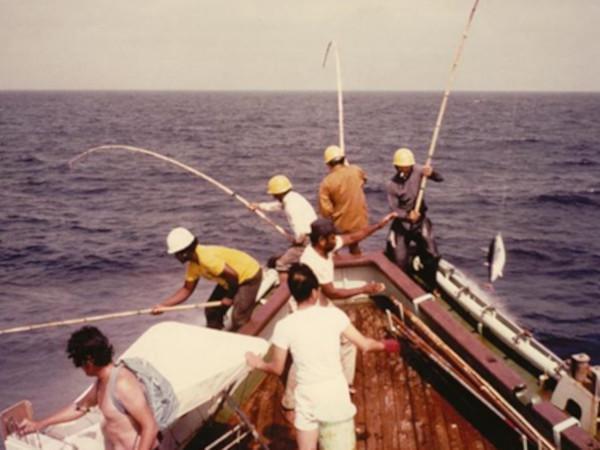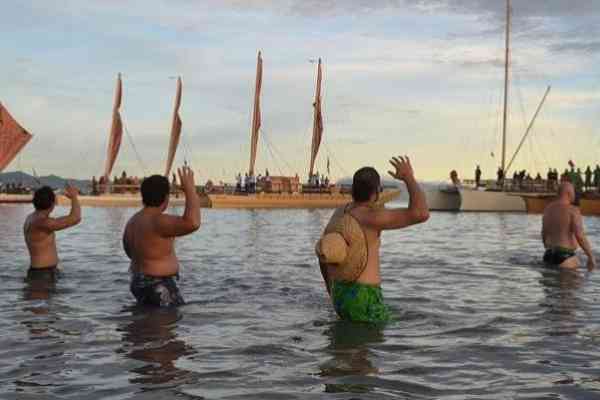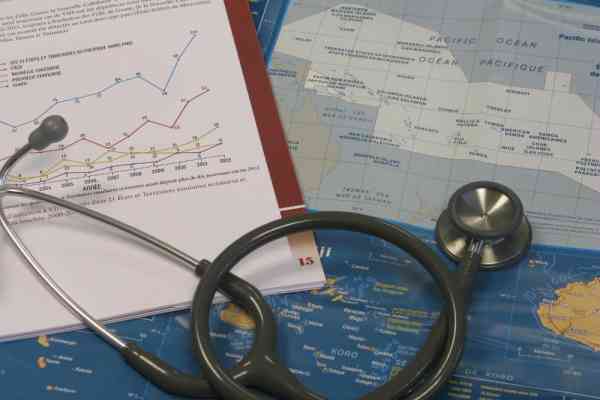Over half of the global total tuna catch comes from the Western & Central Pacific Ocean. Today, this region is the only one in the world where all four key tuna species in a healthy state. The Pacific Community (SPC) has played an important role in achieving this result, having been for the past 20 years the contracted official science provider and data manager for the Western and Central Pacific Fisheries Commission (WCPFC). However, the adventure started in the late 70’s, with the first Skipjack Survey and Assessment Programme…How have the decisions made in the 70s impacted the pacific fisheries landscape? Let’s discover the genesis…
The SSAP Programme
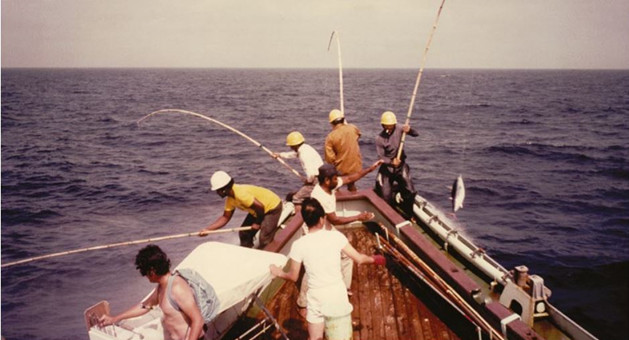
The Skipjack Survey and Assessment Programme (SSAP) carried out tuna surveys and assessments that enabled the first estimates of the skipjack resources of the central and western Pacific, and evaluation of the ability of these resources to support sustainable fisheries. Over a period of three years (1977-1980) the SSAP team tagged 160,276 skipjack and other tuna. Of these, 6,889 (4.3%) were reported as recaptured, with the associated data forming the basis of vital understanding of the migratory nature of the species and the magnitude of the stocks. The SSAP also documented the availability of baitfish resources, crucial to support pole-and-line fishing, the main gear type used in the fishery at the time. Since 2001 tagging data have been included routinely in WCPO tuna stock assessments done by OFP. Today, neither the feasibility nor the usefulness of large-scale tagging programmes are questioned. But in 1974 the concept of tagging on such a large scale, and over such a large area of ocean, was revolutionary.
Background
In 1970, the total tuna catch in the SPC area was less than 100,000 tonnes. With the development of joint-venture pole-and-line operations, first in Papua New Guinea (PNG) (1970), then the Solomon Islands (1971), interest in the skipjack resource, as one with potential to support considerable expansion of catches, intensified.
In 1971 Dr Robert (Bob) Kearney, a recent graduate from the University of Queensland (UQ) with a PhD in Marine Biology, accepted a job with the PNG Department of Agriculture, Stock and Fisheries (DASF) as the Principal Biologist in charge of tuna research. In the development of his tuna research programme, Dr Kearney made inquiries of relevant fisheries research institutions on both sides of the Pacific. Tagging was clearly the best option for basing a comprehensive research effort that was to include aerial surveys and intensive biological sampling. Over the next two years, specific techniques for tagging skipjack and other tropical tunas were developed and perfected by the team in DASF, and several thousand fish were tagged in PNG waters.
As more tag returns came in, and more analysis was done, it became clear that more information was required to comprehensively address the assessment of PNG’s skipjack resources. It was possible to determine where many of the tuna in PNG were going to, but it was impossible to determine where they were coming from, or to estimate the size of the total resource and the degree of mixing of the stocks that were being fished.
The meeting that changed everything…
In mid-1973 Dr Kearney received an unheralded visit in his office in Port Moresby from Roy (Dick) Baird, who was the Fisheries Officer at SPC at that time. Dick was very impressed with the quality of PNG’s skipjack research programme, and the two men had a brief discussion on the much more ambitious tagging project that Dr Kearney already had in mind.
The quest for funding
SPC’s Seventh Technical Meeting on Fisheries, held in 1974, recommended that: ‘…the Tagging Programme as outlined by the Expert Committee on Tropical Skipjack be accepted as a project of the highest priority and urgency.’ It added that: ‘The need for such a programme has been accepted, and the Meeting recommends that the South Pacific Commission make every possible effort to obtain funding for the programme from any possible sources.’ The reality was that the SPC budget – entirely funded from core contributions at that time – could not possibly support such a large-scale project.
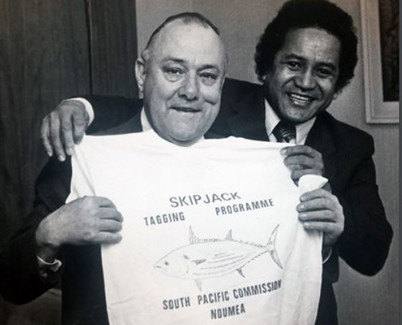
It was in this very difficult budgetary context that Dr Kearney commenced work at SPC in September 1975. His task was to try to secure the necessary funding for a very ambitious three-year project. The initial “seed” funding was provided by the Rockefeller Foundation, with further funding channeled through the International Center for Living Aquatic Resources Management (ICLARM). In May 1977 New Zealand was the first donor to sign a commitment to funding for the project. Within three weeks the catalytic nature of this action was endorsed when four of the other five donors also signed. Work could finally commence on the project.
Many achievements throughout the years
Notable achievements of the SSAP include: proving that tagging could be done on a grand scale, numerically and geographically, such that sufficient tuna could be tagged and adequately distributed in both time and space over the 30 million square kilometres of the region, and that adequate recoveries would be recorded to enable region-wide resource assessments; quantifying for the first time the large size of the skipjack resource in the Western and Central Pacific (estimated by SSAP at around 3 million tonnes), as well as its dynamic nature (extremely rapid turnover) and associated ability to withstand fishing pressure.
Conclusion
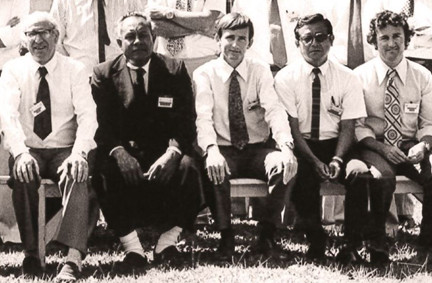
The work done by SSAP in the late seventies provided the first indication that skipjack could support a very large regional fishery, eventually providing great economic benefits to the countries and territories of the region. The initial estimates by SSAP gave the countries of the region confidence to allow the expansion of the skipjack catches in their newly-declared EEZs and in the region generally. This has led to a fishery worth over USD 5 billion a year, providing USD500 million in benefits to the countries from access revenues. SPC continues to provide the science for the management decisions made by the Pacific Island countries and territories within the context of the WCPFC.
